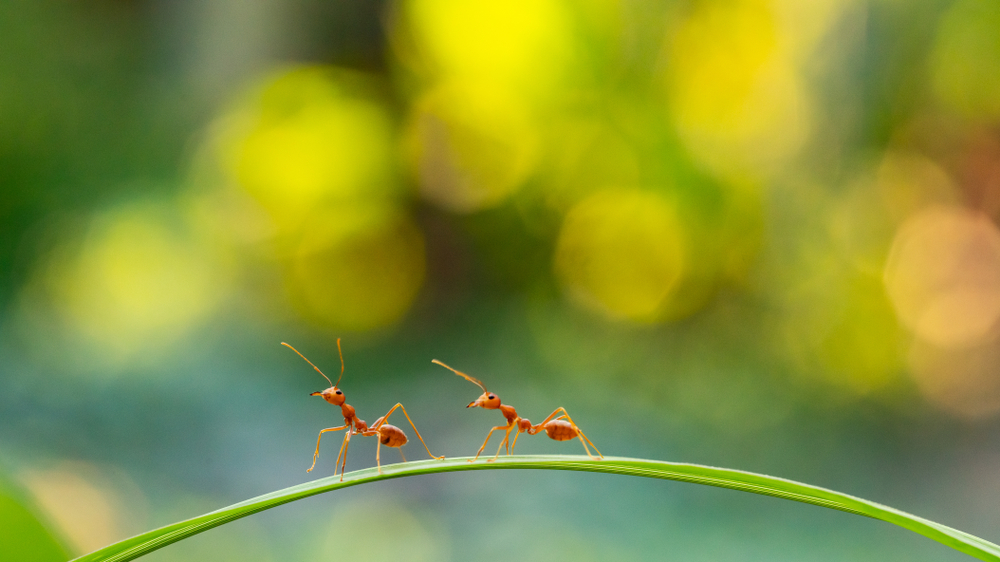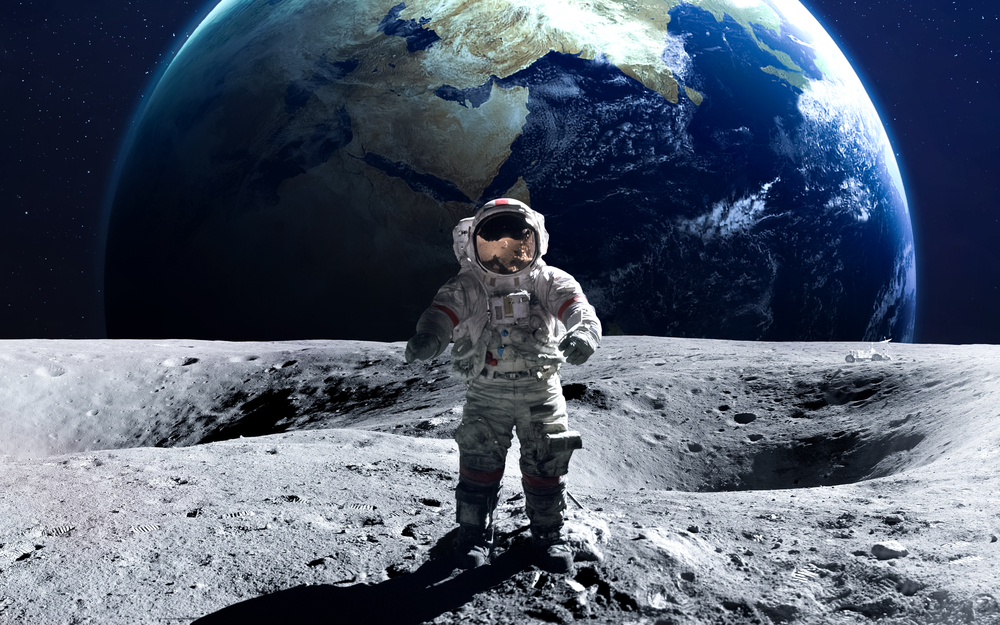Social and distancing are two words that will come to define 2020. The idea that we need to stay away from each other is something that seems to go against the very science of our being. Humans were made to be a social species and the fact that we now need to distance ourselves is strange. Yet when we look at nature we can see that many species of animals that are usually social, adopt similar behaviors.
The ant is one of the most social species in the world. In many ways, it is not many organisms acting individually but one organism divided into many ants. Some describe it as a large network like a brain instructing individual ants what to do. It is no surprise then that when social distancing rules are placed on ants they are very good at obeying them. Ants that pick up some fungal infection immediately start to stay away from the colony for longer periods. They appear to be able to recognize the infection themselves. The other ants then move the colony deeper into the nest to avoid contamination.
Bees behave in a similar where and will seek out and find any infected larvae and separate them from the rest of the hive. Yet these animals have resources that we don’t. Even animals that rely on sight behave in a similar way. Apes are closer to behavior to humans than ants or bees. Female apes will leave animal groups that have diseases showing that they understand the contagious disease. Chimpanzees have been found to attack those of their tribe that have diseases too and will only let them re-enter once they are cured.
Mice displayed different behavior. The diseased mouse was never excluded by the group but did exclude itself. A different form of self-sacrifice preservation for the group. Mandrills are not as harsh as chimpanzees but they will interact with and groom those that are ill less than others. Perhaps showing that they understand it is not good to be too close. Vampire bats were similar. They did not exclude sick bats but did spend less time with them and ill bats spent most of their time with their families. In many ways, it sounds like our own quarantine approach.
It is clear then that many species in the animal kingdom that are usually social who understand that there are certain times where social distancing is key. The difficult aspect of the coronavirus is the prolonged contagious stage before symptoms start to show. This makes it difficult to find and isolate members of our society who are sick because many sick people will show no symptoms for a long time.
The only solution is, therefore, to distance from everyone. Staying two meters away from anyone reduces the risk of spreading the virus. Washing your hands means that you are less likely to contaminate yourself if you touch a surface that has the virus. Wearing a mask means that you are less likely to get contaminated if in a busy area (although you must be careful in how you touch and use the mask to avoid contaminating it).
Throughout the world, different countries are adopting different practices to deal with the coronavirus. New Zealand is one country that has almost completely eradicated the virus but the method it has taken can not be used by every country due to the unique circumstances each country faces. As different animal species approach disease in different ways to protect their groups we must allow different countries to approach the virus in the way that is best for each country. Once we are finished with this disease perhaps we will become an even more social species than we ever were before.








